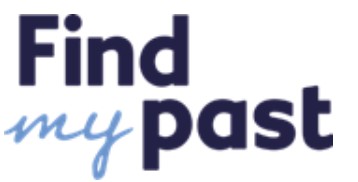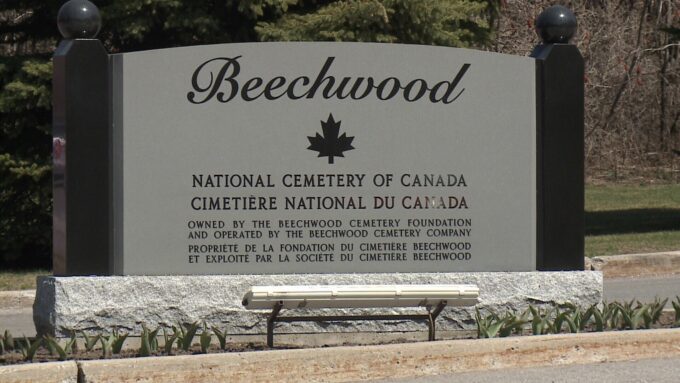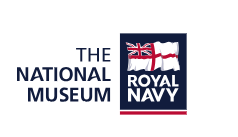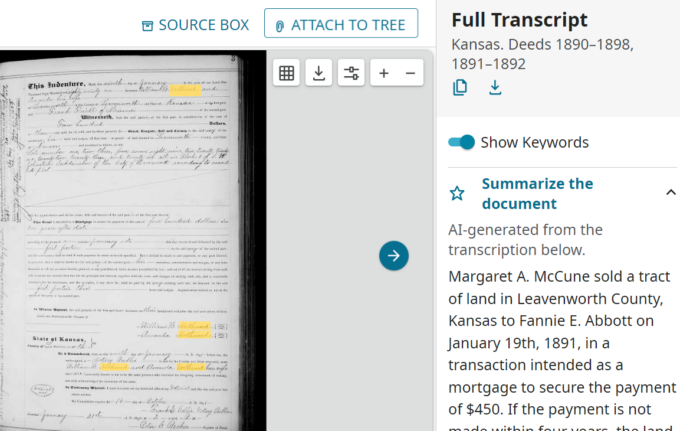Artificial intelligence is fomenting a revolution. Are national archives taking advantage?
The National Archives (UK)
has just published its Annual report and accounts 23-24. I counted ten mentions of artificial intelligence (AI).
The next few years will be pivotal for both new technologies, such as artificial intelligence, and for the archival profession, which is handling ever-increasing amounts of digital records.
we will also be working on a project to explore the potential for using legislation in Artificial Intelligence large language models
There is a two-page case study on Artificial Intelligence
(AI).
In a section on risk
Failure to meet the challenges of digital: There is a risk that The National Archives fails .. (in) moving quickly enough to respond to or benefit from technological change, such as Artificial Intelligence (AI).
National Archives and Records Administration (US)
FY 2025 ANNUAL PERFORMANCE PLAN and
FY 2023 ANNUAL PERFORMANCE REPORT contains a single mention of AI.
NARA’s primary approach to modernizing the FOIA process is to digitize analog records to permit electronic search and processing and to explore, acquire, and apply modern technologies, such as artificial intelligence and machine learning (AI/ML), to expedite processing and response.
The National Archives of Australia
Annual Report 2022-23 also contains a single mention of AI.
The Advisory Council noted National Archives must explore opportunities for new ways of undertaking its business to keep pace with technological change, including artificial intelligence and machine learning.
With this comes the need for National Archives to build the required workforce capability and technological infrastructure.
Library and Archives Canada‘s
latest annual report is for 2019–2020. In the more current documents the Departmental Plan 2024-2025, which has a single mention of AI.
LAC will work on topics such as artificial intelligence with academic partners or on genealogy services with companies working in that field.
The Library and Archives Canada: Departmental Results Report (DRR) 2022-2023 makes no mention of AI.
SUMMARY
The significant difference in AI mentions between the UK’s latest report and others reflects the acceleration in AI over just the past year or two.
IMPROVING THE CLIENT’S EXPERIENCE
While there is low-hanging fruit for AI to improve internal operations in archives, will it also be deployed to improve the client experience?
- If you’ve struggled to read handwritten and degraded documents, AI can restore and enhance them making historical texts legible, even if errors are made.
- Finding aids are often deficient. AI can generate detailed metadata for documents, enhancing search capabilities and making it easier to locate specific records.
- AI can provide summaries of large documents, enabling quicker understanding and analysis.
That all requires the original material to be digitized. It was encouraging to read about LAC partnering with the Internet Archive Canada on a digitization initiative. Although that appears to be digitization for publications, together with LAC’s experience with the 1931 census, it should motivate application to archival material.




 Four of the 153 people interred in Ottawa’s Beechwood Cemetery who died on 3 August died in 1885.
Four of the 153 people interred in Ottawa’s Beechwood Cemetery who died on 3 August died in 1885. Visiting HMS Victory at Portsmouth was one of the more memorable visits I made with my youngest brother not long before he died. It’s one of six sites of
Visiting HMS Victory at Portsmouth was one of the more memorable visits I made with my youngest brother not long before he died. It’s one of six sites of  What’s new is “
What’s new is “